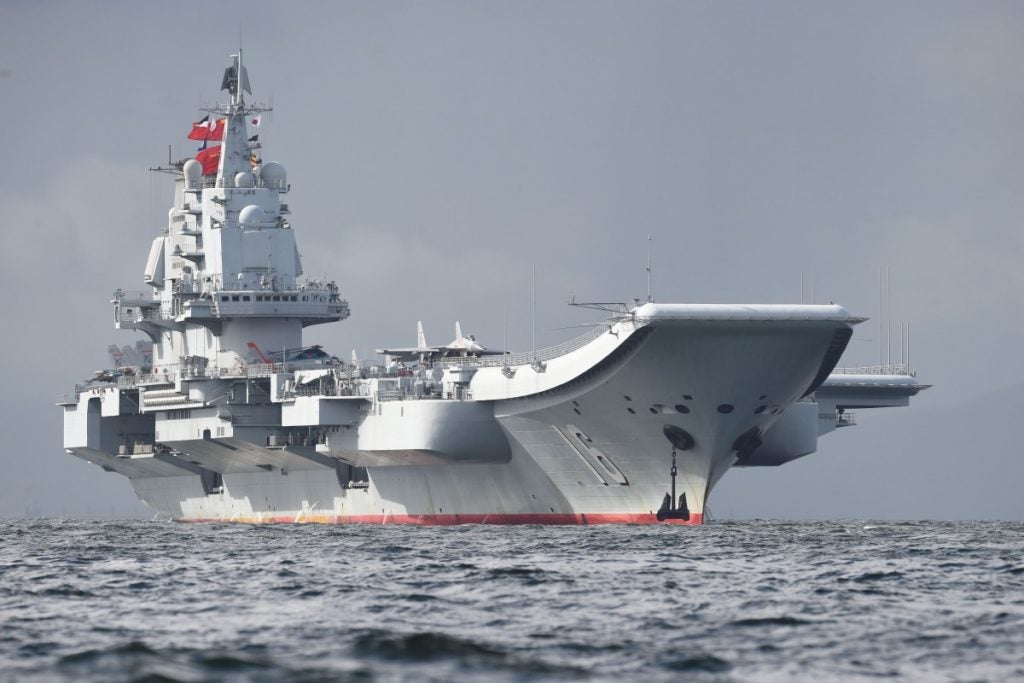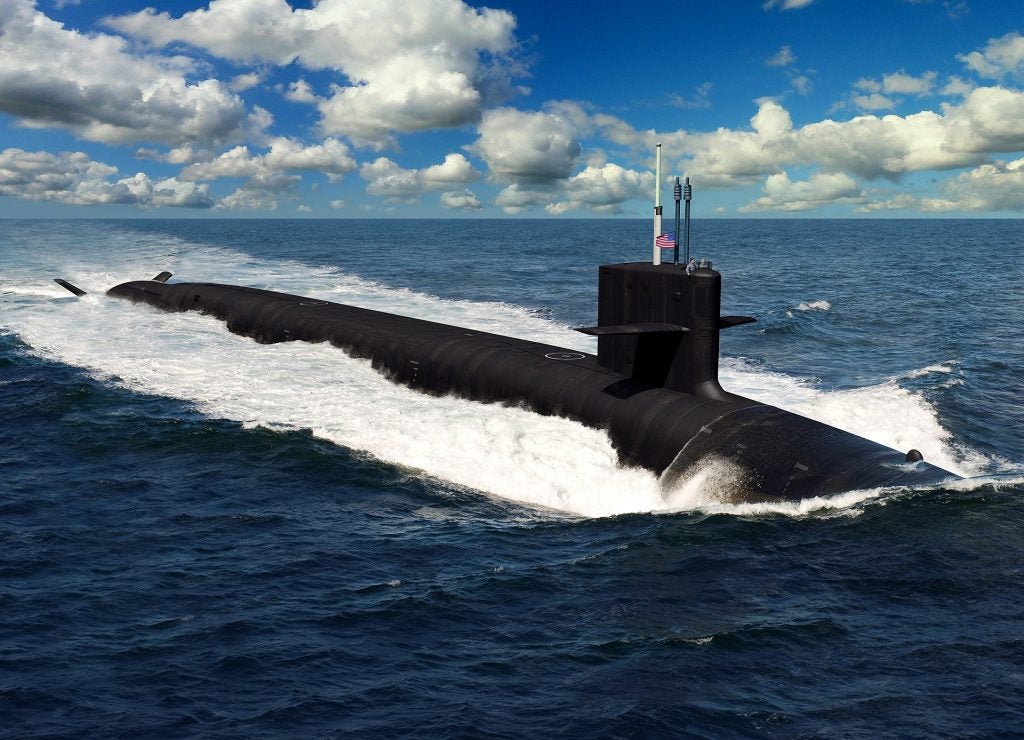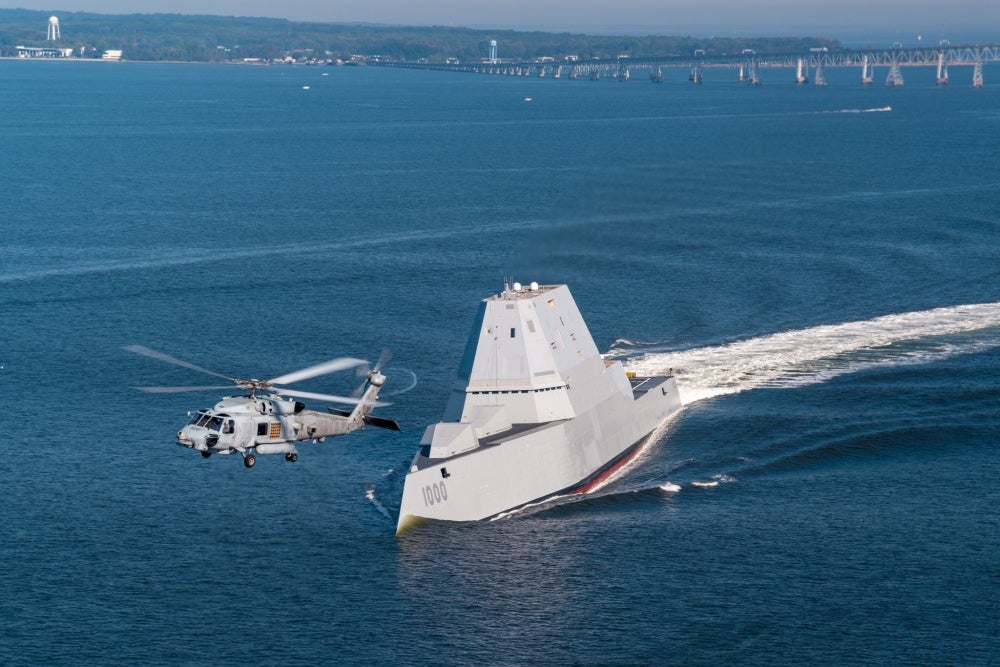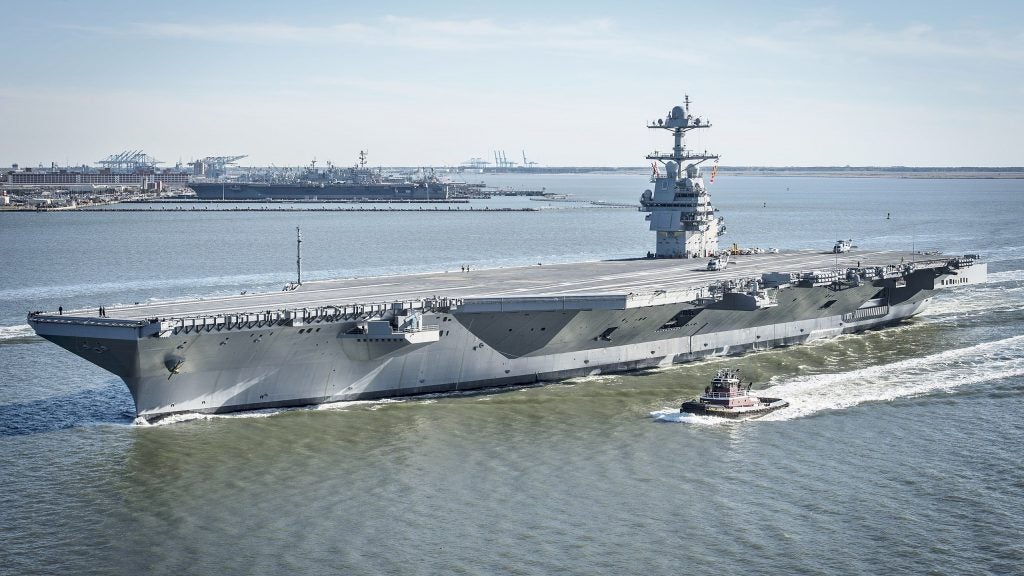US Navy Restructure – Does Fewer Carriers Mean More Versatility?
Mark Esper, the Secretary of Defense, recently suggested a plan to increase the number of hulls in the United States Navy. In his opinion, a fleet of 355 ships or more, by 2045, should be the aim in order to reaensure the supremacy of US maritime forces. However, an increase in the number of vessels means reshaping the US Navy completely. In Esper’s view, the number of aircraft carriers should be reduced in order to allocate the USN budget in logistics vessels, unmanned ships, and modern submarines.

In its current form, the US Navy possesses 249 vessels (excluding the historic USS Constitution and USS Pueblo) with 11 aircraft carriers (10 CVN-68 class and 1 CVN-78 class). It is the greatest aircraft carrier-based fleet currently at sea. Unfortunately for the US, the People’s Liberation Army Navy consists of at least 350 ships, including 2 Kuznetsov-patterned operational aircraft carriers. The difference lays in the Chinese delay in obtaining technology needed to produce flat-tops. This gap is successively patched by the Communist Party of China as a PLAN is currently constructing two additional aircraft carriers of Type 002 and Type 003. Both of them built domestically without the exploitation of foreign-made or designed hulls.
Why the changes in the US Navy then? The United States’ primacy of the ocean-going navy is undoubted ‘but’ there is a necessity of its fleet dispersion in order to maintain the costly policy of World policing. Separate task forces conduct their operations in different places around the globe. Supplying the fleet of 11 aircraft carriers in a single theater of operations would be also very demanding and would absorb US Navy capabilities. Esper’s plan to diverse current aircraft carrier superiority policy seems to answer the future’s anticipated requirements. Especially with the growing potential of PLAN in the West Pacific region.

The rearrangement of the US Navy will focus on expanding the fleet of smaller, yet more capable, surface ships. The more dispersed navy is preparing to enhance its presence in the Indo-Pacific region with the focus on the possibility to counter the Chinese aircraft carrier killer systems. In addition, new autonomous vessels are also considered an option in order to support USN operations. Besides that, there is pressure put on the development of the US submarines fleet. During this summer the Navy informed the public of a planned replacement of Ohio-class submarines. 12 Columbia-class submarines will fill the gap, however, STRATCOM declares that the number of submarines can increase accordingly to the threat posed by Russia and China.
At an online event at the Center for Strategic and Budgetary Assessments Esper claimed:
“If we do nothing else, the Navy must begin building three Virginia-class submarines a year as soon as possible. […] If we do nothing else, we should invest in attack submarines.”
The push to extend the US Navy is of course going to interfere with the wider defense budget. This is one of the reasons to cut down the aircraft carriers’ shipbuilding program. The estimated procurement cost of CVN-78 i.e. $13,3 billion for a single ship is, in fact, a massive expenditure. However, the lavish spending on its military is a domain of the Department of Defense. The new concept pushes for the supplementation of the large carriers’ operations by light carrier vessels (CVLs) or amphibious assault ships.

Decisions made by Esper give a perspective of what really matters in terms of future naval warfare. Aircraft carriers give an advantage of striking the enemy at long ranges with the use of air wings. What’s the difference between a cruise-missile frigate and a carrier then? The USN is going to move for the cheaper and more effective alternative. Of course, it does not mean the long-awaited ‘death of aircraft carriers’ which is a fantasy of some analysts. Investment in technologies is the factor pushing the navy forward, as it lags behind the PRC.
What conclusions can be drawn from the expansion plans of the US Navy? The era of worldwide intervention is not over, but the PRC is getting more attention from the DoD. The US fleet is going to change radically in order to maintain its offensive capabilities in the Pacific region. With 100 additional hulls in service, the US will obtain more resources for countering presented threats and it will reduce the gap between the US Navy and PLAN. It seems that the new arms race is on.

